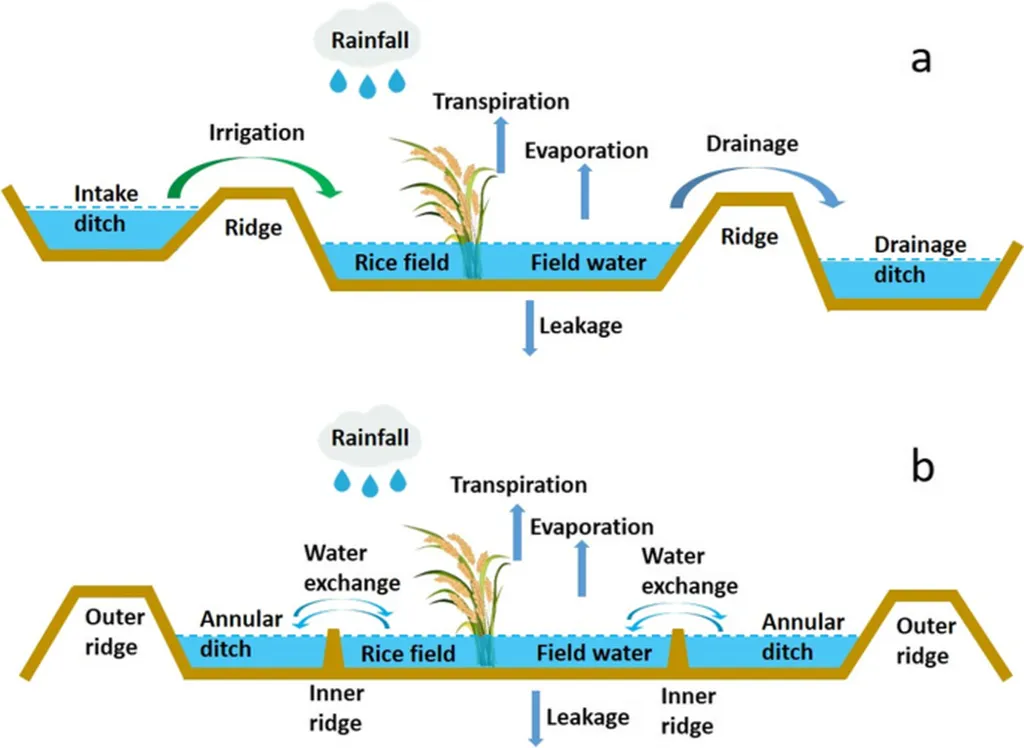In the heart of China’s agricultural landscape, a quiet revolution is taking place, one that is reshaping the way rice is cultivated and potentially offering a blueprint for sustainable, large-scale farming. At the forefront of this transformation is the rice-crayfish coculture model, a practice that has gained significant traction in Hubei province over the past decade. Now, a groundbreaking study led by Xicong Wang from the College of Economics and Management at Huazhong Agricultural University and the Hubei Rural Development Research Center has shed light on the profound impact this model has on the scale management of rice cultivation among rural households.
The study, published in the *Journal of Agriculture and Food Research* (translated as *Journal of Agriculture and Food Research*), analyzed data from 1,075 households to uncover how the adoption of the rice-crayfish coculture model influences both the horizontal and vertical scales of rice production. The findings are nothing short of revelatory. “The rice-crayfish coculture model has a significant effect on both the horizontal scale, which refers to the land scale, and the vertical scale, which pertains to market participation,” Wang explained. This dual impact suggests that the model is not just an ecological boon but also a catalyst for economic growth and market integration.
The horizontal scale is influenced by encouraging land transfer, a critical factor in optimizing land use and improving efficiency. Meanwhile, the vertical scale is impacted through increased participation in farmer cooperatives, which can lead to better market access and higher incomes for farmers. “This model is a game-changer,” Wang noted. “It promotes large-scale rice management, enhances land transfer markets, and strengthens cooperative functions.”
The study also delved into the heterogeneity of these effects, revealing that the rice-crayfish coculture model has a greater impact on horizontal scale management among older farmers with high human capital and low social capital. Conversely, younger farmers with high human capital and high social capital see larger effects on vertical scale management. This nuanced understanding underscores the importance of tailoring agricultural policies to different demographic groups to maximize benefits.
The implications of this research are far-reaching. By promoting the adoption of the rice-crayfish coculture model, policymakers and agricultural leaders can foster large-scale rice management, enhance land transfer markets, and strengthen cooperative functions. This, in turn, can lead to more sustainable and profitable farming practices, benefiting both rural households and the broader agricultural sector.
As the world grapples with the challenges of feeding a growing population while maintaining ecological balance, the rice-crayfish coculture model offers a promising path forward. It is a testament to the power of innovation in agriculture and a reminder that sustainable practices can go hand in hand with economic prosperity. The study by Wang and his team is not just a step forward in agricultural research; it is a beacon of hope for a more sustainable and prosperous future.

